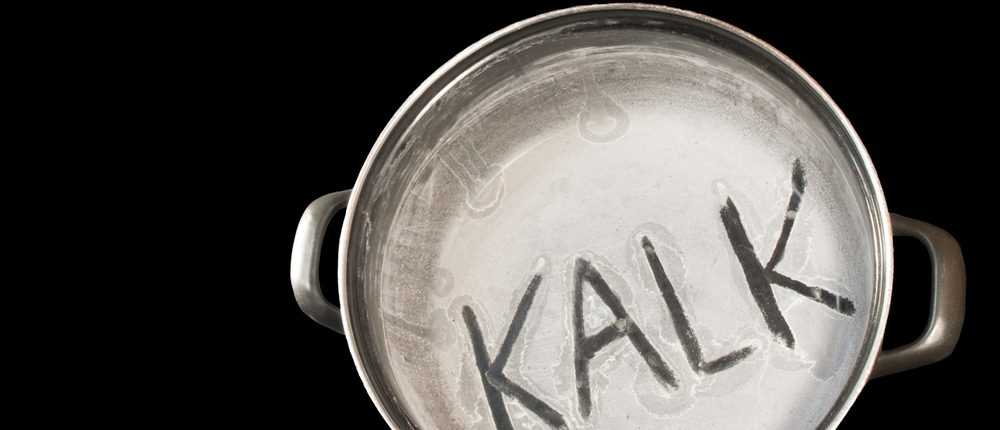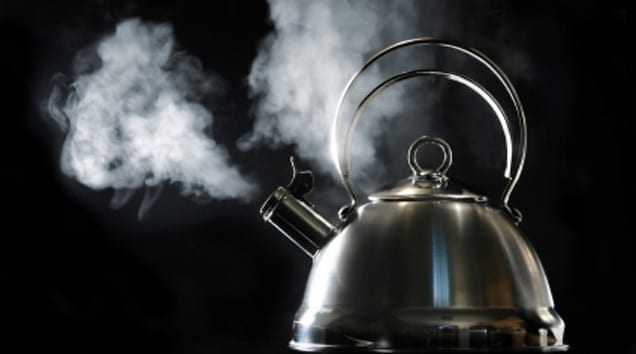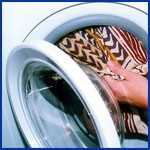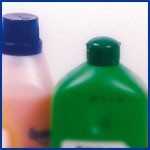The best way is to try it yourself!
30 days test
To make the “soft limescale” more visible, remove any “hard limescale” from your perlators, shower heads, etc. After 30 days there shouldn’t be any “hard residues”.
1. Saucepan test
Fill an enamel saucepan (preferably not stainless steel due to the smooth pores) with water and allow the contents to evaporate on the stove. (But don’t burn the pan!) Repeat the procedure a few times if necessary. The limescale deposits which become visible due to this procedure should be powdery and therefore easy to remove. (Without cleaning agents, only by the use of water and a cloth.)
2. Hair and skin test
People with sensitive skin often suffer from skin irritation, redness or dryness after a shower or bath. With the reduced surface tension in the water, these problems can be reduced or even entirely avoided.
Take note of how your hair feels after a shower or bath. It will feel much softer whilst using much less shampoo.
3. Bathroom test
Use your showerhead to spray part of the tiling or shower cabinet wall a few times every day (for 30 days). Then leave the water to dry. The dry limescale deposits can be easily removed using a damp cloth and a few drops of gentle cleaning agent.
4. Washing machine and dishwasher test
The reduced surface tension in the water means that the quantity of washing powder required can be significantly reduced (approx. 30 – 50 %). However, your laundry will be just as clean as usual. It should feel a lot softer, though. There is no need to use chemicals to protect the heating elements against limescale.
In future use much less powder in this case too and follow the dosage instructions for soft water.
5. Cleaning agents
The new “limescale structure” means that in future it will be possible to clean without aggressive cleaning agents. Only water and cost-effective gentle detergents are required to clean thoroughly (no acids, no concentrates).









